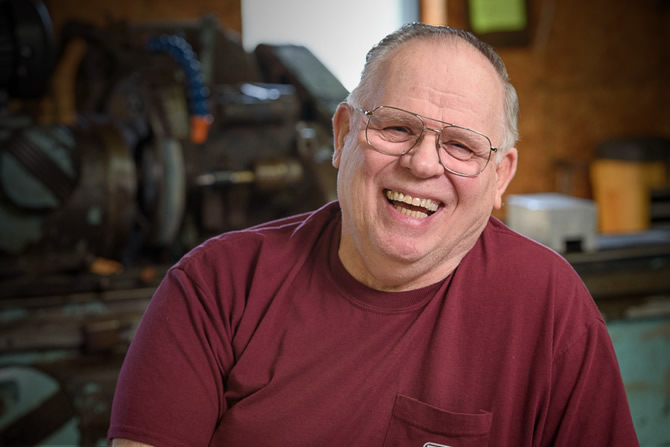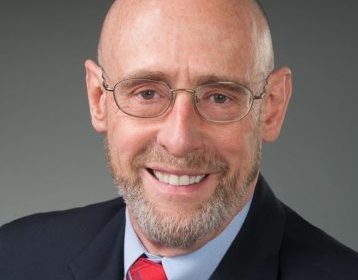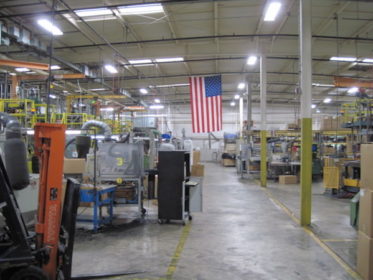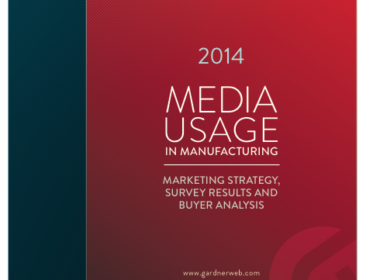
In 2016, the AARP’s Public Policy Institute issued a report, Disrupting Aging in the Workplace: Profiles in Intergenerational Diversity Leadership.
The report makes the case for why age diversity is so important by featuring case studies of five companies engaged in promising practices of disrupting aging in the workforce. (The following points and data come from this report.)
According to PwC’s 18th Annual Global CEO Survey, 64% of CEOs have a strategy to promote diversity and inclusion.
Diversity can include dimensions such as age, race, ethnicity, nationality, gender, sexual orientation, religion, and disability status.
Inclusion is defined as “creating an environment in which people feel involved, respected, valued, and connected.”
According to the survey, today’s workforce consists of workers from five generations — Gen Z, millennials, Gen Xers, baby boomers, and the Silent Generation.
However, only 8% of CEOs include age as a dimension of their diversity and inclusion strategy.
Age: A competitive advantage
“How companies view experienced workers is changing rapidly,” states Todd Fahey, State Director for AARP New Hampshire. “The smart companies have realized that workers age 50 or older are not a liability. In fact, they’re an asset and a competitive advantage.”
Research is showing that age diversity can improve business performance and lower employee turnover. One study found that productivity for younger and older workers is higher in companies that utilize mixed-age work teams.
“We constantly reinforce the story that we don’t have enough workers,” says Fahey, “but ‘working age’ doesn’t end at age 65. Huge numbers of people work beyond that age. The New Hampshire labor force participation rate, for example, is ranked third in the country for ages 65 to 75. Instead of talking about a labor shortage, we need to find a way to entice these experienced workers to remain engaged.”
Attract experienced workers
When asked how small manufacturers can make experienced workers feel welcome in applying for jobs, Fahey said simply “feature them in your advertising.”
The company website is the easiest way to start, as most small manufacturers already have an incredibly diverse team.
Photos of your employees at work, and especially showing the various generations, go far in communicating the messages that experienced and younger workers alike are valued and needed.
Messages should resonate with the different audiences and their needs and motivations. For example, older workers may need flextime to take care of grandchildren due to various circumstances; younger workers may want to know how they’ll be developed as leaders.
Create mentor programs
The successful sharing and transfer of knowledge across generations is intentional, and begins with a top-down approach, says Fahey. It’s also a retention point, meaning, younger workers who are mentored stay on the job longer.
“Experienced workers find value in being mentors and helping younger workers become better employees and grow their skill set. Experienced workers pass on ‘soft skills,’ such as how to manage time or work productively with others,” he says.
“Younger workers enjoy sharing their technical computer knowledge and/or how to do things differently,” he adds. “Hunter Ingalls, the largest shipbuilder in the U.S., credits its success to this exact type of teamwork.”
Look at age differently
The bottom line, says Fahey, is that people find value in work, and this “finding value” doesn’t come to a stop at age 65.
Because of advances in healthcare, and the fact that many jobs today, including those in manufacturing, are less rigorous, people are living active lives far beyond their grandparents or even their parents.
As Lori Trawinski, of the AARP Public Policy Institute, stated, when age is removed as a filter, companies can then focus on people’s knowledge, skills and abilities.
With the age filter removed, employers can then hire the right person for the right job, whether it’s a younger person in a supervisory position, or an experienced worker transitioning from one industry to another.
The narrative then changes from “lack” to one that’s more positive and inclusive.
If you’d like to learn more about attracting experienced workers – or retaining the ones you have – Fahey suggests you begin by consulting the AARP website. The website has a wealth of information for employers about age diversity research, programs for attracting experienced workers, and even virtual career fairs and a job board.
Todd C. Fahey, J.D., is the State Director, AARP New Hampshire. Visit the organization’s website at www.aarp.org.




